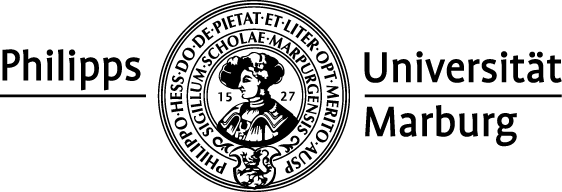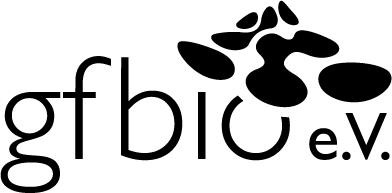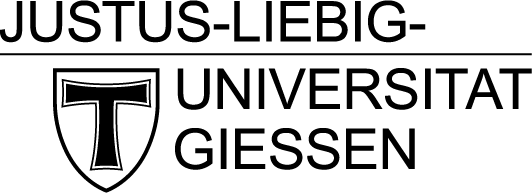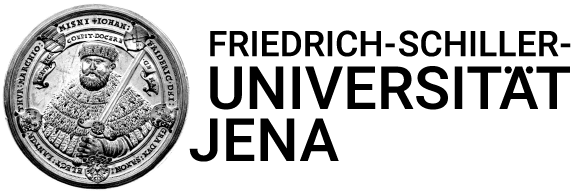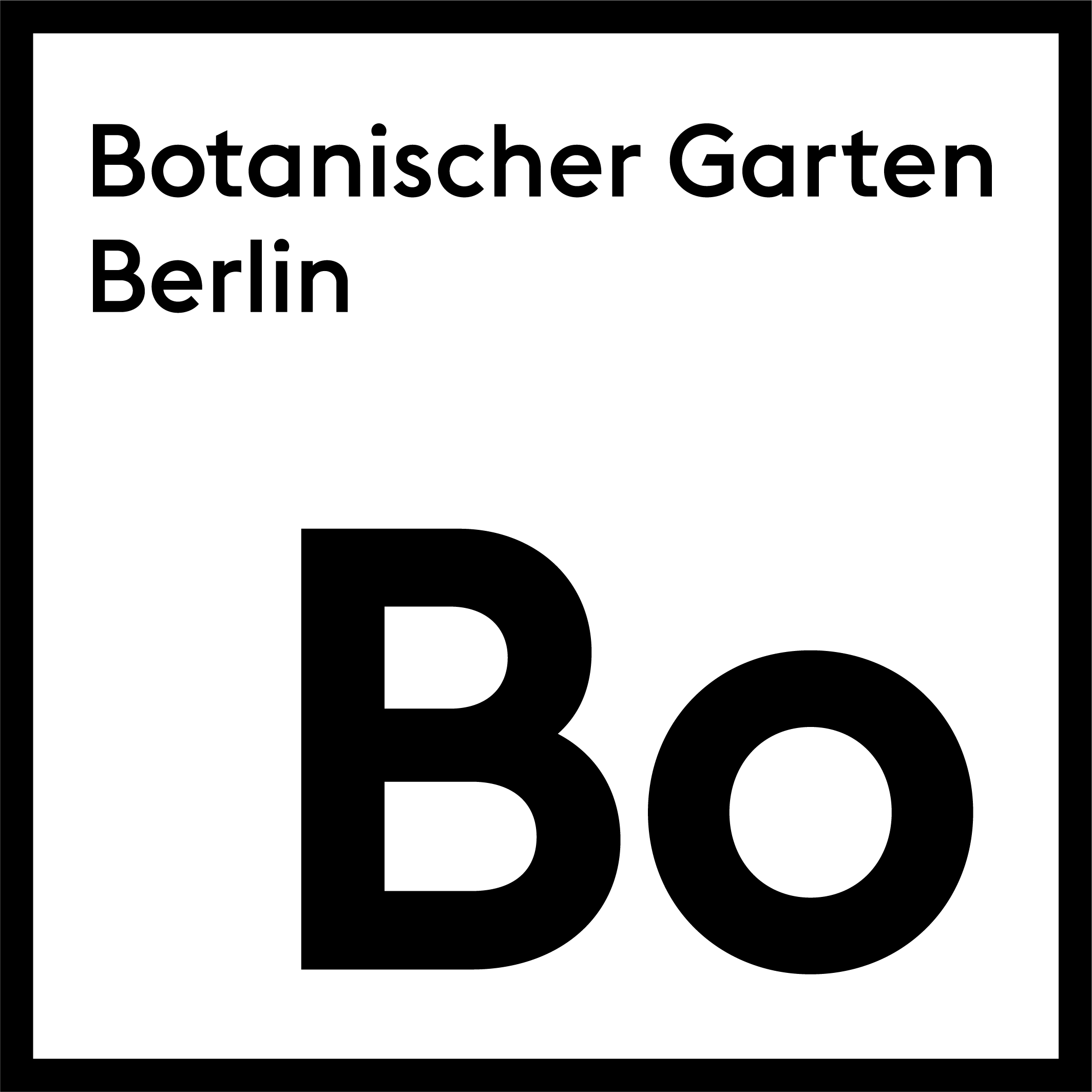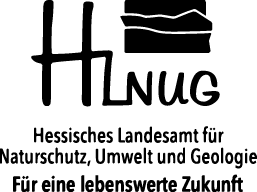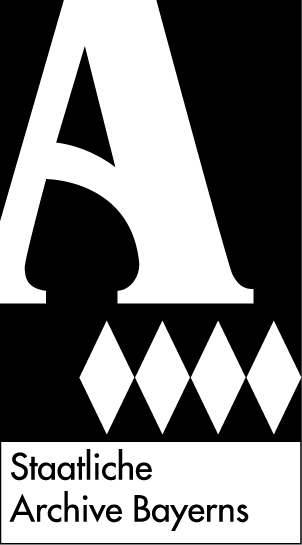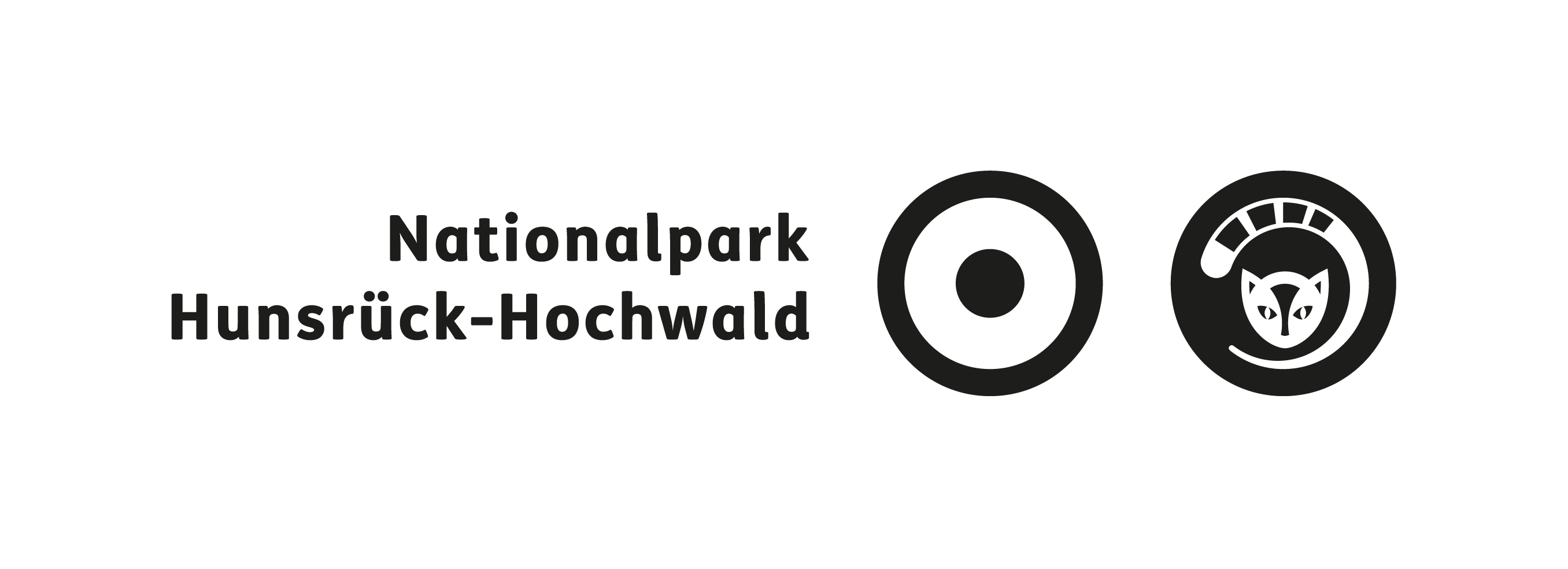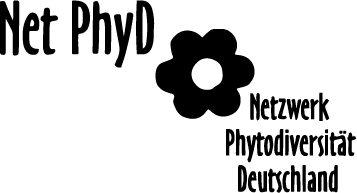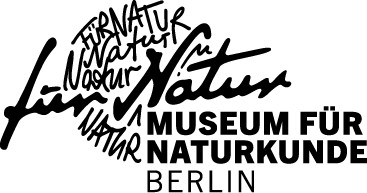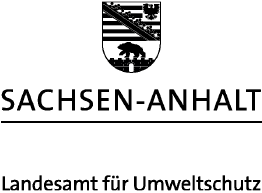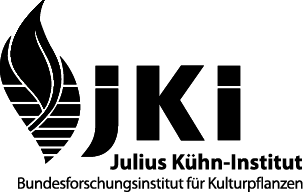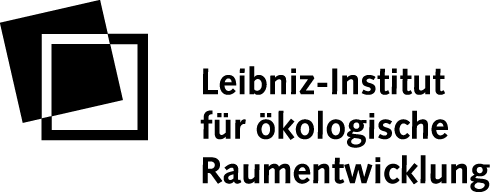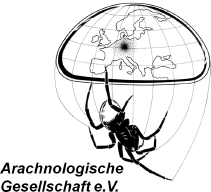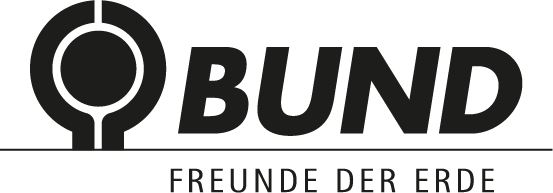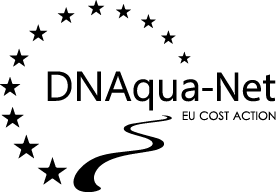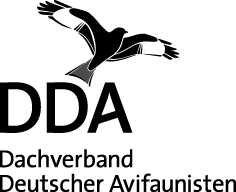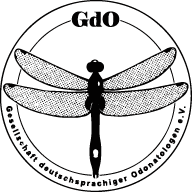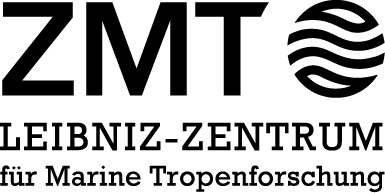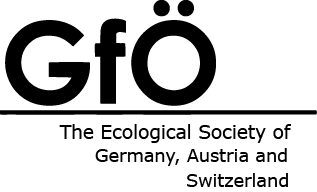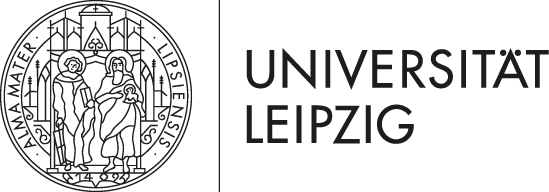Who we are
NFDI4Biodiversity is a consortium under the umbrella of the National Research Data Infrastructure (NFDI) dedicated to mobilising biodiversity and environmental data for collective use.
Mission Statement (Excerpt)
The partners pool their scientific and technical expertise to provide a broad service portfolio for handling biodiversity and environmental data and to develop it further in close cooperation with users from research and practice. The consortium consists of 50 scientific institutions, museums, natural history societies, state offices, and other institutes and expert groups.
The cooperation of the partner network is guided by the knowledge that stakeholders in science, politics, nature conservation and landscape management need reliable data to be able to develop better contributions to the conservation of biodiversity.
To this end, the consortium partners offer added value to the professional community, specifically:
- Access to modern technologies and a comprehensive stock of biodiversity and environmental data
- Methods and tools for archiving, publishing, searching and analysing data that are suitable for everyday use and have been tried and tested in practice
- An expert forum for the safe and competent handling of data for diverse and responsible use
A full version of our mission statement can be found here (including handout [PDF]).
What is NFDI4Biodiversity all about? Watch our short film and find out!
About the NFDI
In the National Research Data Infrastructure, valuable data resources for the German science system are systematically accessed, networked and made ready for long-term use. The federal and state governments have been jointly funding the development of the NFDI since 2019. Up to 30 consortia will be selected by 2023, which together will cover all scientific domains in Germany and work to make relevant data available according to the so-called FAIR principles. The German Research Foundation (DFG) is responsible for the selection process and project funding.
Organisation of the consortium
The consortium is an association of about 50 partner institutions. Their cooperation and the use of the jointly developed results are governed by a cooperation agreement. The spokesperson institution and the co-applicant institutions are responsible for the implementation of the work programme to the German Research Foundation (DFG). The other partner institutions, as representatives of the biodiversity community, contribute data, software, know-how and other resources to the cooperation. In 2021, a Strategic Advisory Board was appointed to accompany the development and further orientation of the consortium with an expert view from the outside. The members of the board are professionals in research, practical nature conservation and data archiving.
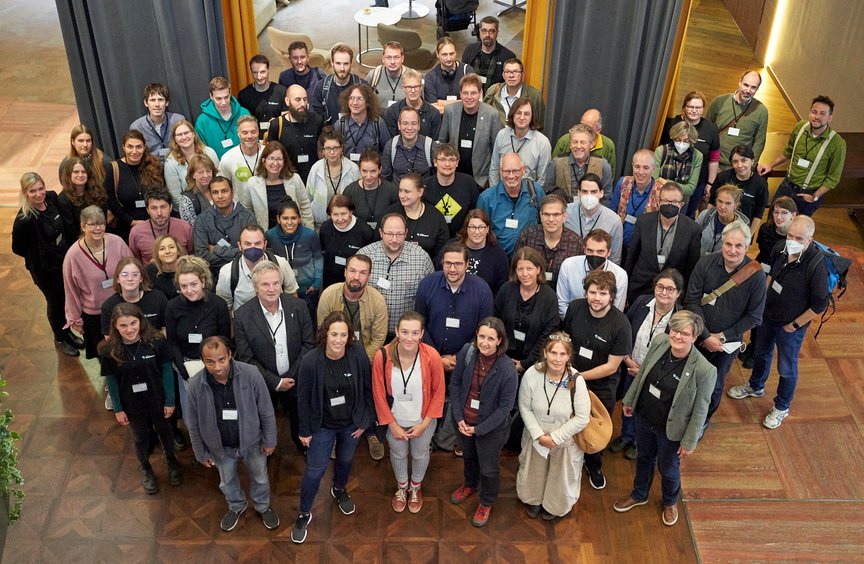
Lead
Applicant institution:
MARUM – Centre for Marine Environmental Sciences, University of Bremen, Bremen
Spokesperson:
Prof. Dr. Frank Oliver Glöckner
MARUM – Center for Marine Environmental Sciences, Universität Bremen
& Alfred Wegener Institute, Helmholtz Centre for Polar and Marine Research (AWI), Bremerhaven
Participating Individuals
-
Members of co-applicant institutions
- Prof. Dr. Aletta Bonn, Friedrich Schiller University Jena, German Centre for Integrative Biodiversity Research (iDiv) Halle-Jena-Leipzig, Jena
- Dr. Michael Diepenbroek, Federation for Biological Data e.V. (GFBio e.V.), Bremen
- Dr. Barbara Ebert, Federation for Biological Data e.V. (GFBio e.V.), Bremen
- Dr. Mark Frenzel, Helmholtz Centre for Environmental Research (UFZ), Leipzig
- Prof. Dr. Birgit Gemeinholzer, University of Kassel, Kassel
- Prof. Dr. Alexander Goesmann, Justus Liebig University Giessen, Giessen
- Anton Güntsch, Freie Universität Berlin, Botanic Garden and Botanical Museum Berlin (BGBM), Berlin
- Prof. Dr. Birgitta König-Ries, Friedrich Schiller University Jena, German Centre for Integrative Biodiversity Research (iDiv) Halle-Jena-Leipzig, Jena
- Dr. Ivaylo Kostadinov, Federation for Biological Data e.V. (GFBio e.V.), Bremen
- Dr. Wolfgang Müller, Heidelberg Institute for Theoretical Studies gGmbH (HITS), Heidelberg
- Prof. Dr. Jörg Overmann, Leibniz-Institut DSMZ – Deutsche Sammlung von Mikroorganismen und Zellkulturen GmbH (DSMZ), Braunschweig
- Prof. Dr. Bernhard Seeger, Phillips University Marburg, Marburg
- Dr. Uwe Scholz, Leibniz Institute of Plant Genetics and Crop Plant Research Gatersleben (IPK), Gatersleben
- Prof. Dr. Jens Stoye, Bielefeld University, Institute for Bioinformatics Infrastructure (BIBI), Bielefeld
- Dr. Dagmar Triebel, Bavarian State Natural History Collections (SNSB), Munich
- Prof. Dr. Klaus Wimmers, Leibniz Institute for Farm Animal Biology (FBN), Dummerstorf
- Prof. Dr. Ramin Yahyapour, Gesellschaft für wissenschaftliche Datenverarbeitung mbH Göttingen (GWDG), Göttingen
-
Members of participant organisations
- Prof. Dr. Christian Ammer, Society for Ecology (GfÖ), Berlin
- Dr. Holger Beer, Julius Kühn Institute (JKI) Federal Research Institute for Cultivated Plants, Quedlinburg
- Dr. Silvia Bender, Bund für Umwelt und Naturschutz Deutschland e.V. (BUND), Berlin
- Dr. Christian Bölling, Museum für Naturkunde Berlin - Leibniz Institute for Evolution and Biodiversity Research (MfN), Berlin
- Prof. Dr. Thomas Brey, Helmholtz Institute for Functional Marine Biodiversity at the University of Oldenburg (HIFMB), Oldenburg
- Prof. Dr. Heiko Brunken, Society for Ichthyology e.V. (GfI), Düsseldorf
- Klaus-Jürgen Conze, Society of German-speaking Odonatologists e.V. (GdO), Essen
- Dr. Nicolas Dittert, Leibniz Centre for Tropical Marine Research (ZMT), Bremen
- Dr. Janine Felden, Alfred Wegener Institute – Helmholtz Center for Polar and Marine Research Bremerhaven (AWI), Bremerhaven
- Prof. Dr. Stephan Frickenhaus, Alfred Wegener Institute – Helmholtz Center for Polar and Marine Research Bremerhaven (AWI), Bremerhaven
- Dr. Kai Gedeon, State Office for Environmental Protection Saxony-Anhalt (LAU), Halle (Saale)
- Dr. Peter Grobe, Zoological Research Museum Alexander Koenig (ZFMK), Bonn
- Prof. Dr. Hans-Peter Grossart, Leibniz-Institute of Freshwater Ecology and Inland Fisheries (IGB), Berlin
- Prof. Dr. Thomas Hickler, Senckenberg Society for Nature Research (SGN), Frankfurt am Main
- Prof. Dr. Helmut Hillebrand, Helmholtz Institute for Functional Marine Biodiversity at the University of Oldenburg (HIFMB), Oldenburg
- Florian Hoedt, Johann Heinrich von Thünen Institute, Federal Research Institute for Rural Areas, Forests and Fisheries, Braunschweig
- Dr. Hubert Höfer, Arachnologische Gesellschaft e.V. (AraGes), Putbus, together with the State Museum of Natural History Karlsruhe (SMNK)
- Dr. Jana Hoffmann, Museum für Naturkunde Berlin – Leibniz Institute for Evolution and Biodiversity Research (MfN), Berlin
- Dr. Joachim Holstein, State Museum of Natural History Stuttgart (SMNS), Stuttgart
- Prof. Dr. Wolfram Horstmann, Göttingen State and University Library (SUB), Göttingen
- Prof. Dr. Florian Jansen, Network Phytodiversity Germany e.V. (NetPhyD), Rostock
- Stephan Karger, Hessisches Landesamt für Naturschutz, Umwelt und Geologie (HLNUG), Wiesbaden
- Dr. Gerwin Kasperek, Biodiversity Information Service (BIOfid), Johann Christian Senckenberg University Library, Goethe University Frankfurt, Frankfurt am Main
- Prof. Dr. Thomas Kneib, University of Göttingen, Campus Institute Data Science (CIDAS), Göttingen
- Dr. Margit Ksoll-Marcon, Directorate General of the Bavarian State Archives (GDA), Munich
- Prof. Dr. Florian Leese, University of Duisburg-Essen, Aquatic Ecosystem Research (DNAquaNet), Essen
- Holger Lueg, Saxon State Office for Environment, Agriculture and Geology (LfULG), Dresden
- Prof. Dr. Miguel D. Mahecha, University of Leipzig, Leipzig
- Dr. Gotthard Meinel, Leibniz Institute of Ecological Urban and Regional Development (IOER), Dresden
- Dr. Jana Moser, Leibniz Institute for Regional Geography (IfL), Leipzig
- Stefan Munzinger, Naturgucker.de non-profit organization, Northeim
- Prof. Dr. Jörg Müller, Bavarian Forest National Park Administration, Grafenau
- Prof. Dr. Adrian Paschke, Institute for Applied Computer Science (InfAI), Leipzig
- Jan Rommelfanger, Hunsrück-Hochwald National Park Authority, Birkenfeld
- Johannes Schwarz, Dachverband Deutscher Avifaunisten e.V. (DDA Birds), Münster
- Dr. Christoph Sudfeldt, Dachverband Deutscher Avifaunisten e.V. (DDA-Vögel), Münster
- Dr. Gregor von Halem, Federal Maritime and Hydrographic Agency (BSH), Hamburg
- Prof. Dr. Christian Wirth, University of Leipzig, Leipzig
- Dr. Jonas Zimmermann, Freie Universität Berlin, Botanic Garden and Botanical Museum Berlin, Diatom Research Group (BGBM-DI), Berlin
Participating as individual
- Prof. Dr. Malte Rehbein, University of Passau
Strategic Advisory Board
-
- Prof. Dr. Lars Bernard, Dresden University of Technology
- Dr. Christian Böhm, Federal Ministry of Education and Research
- Dr. Guy Cochrane, Europäisches Nukleotidarchiv (ENA), UK
- Klaus-Jürgen Conze, Society of German-speaking Odonatologists e.V. (GdO)
- Prof. Dr. Alexandra-Maria Klein, University of Freiburg
- Dimitris Koureas, PhD, Naturalis Biodiversity Center, Netherlands
- Dr. Andreas Krüß, Federal Agency for Nature Conservation, National Biodiversity Monitoring Centre
- Deborah Paul, Prairie Research Institute Illinois, USA
- Prof. Dr. Felicitas Pfeifer, Darmstadt University of Technology
- Dr. Pelin Yilmaz, University of Duisburg-Essen
- Prof. Dr. Klement Tockner, Senckenberg Society for Nature Research (SGN), Frankfurt am Main
Our partners
The partners of the consortium include research institutions, associations, natural history societies, state offices, civil society initiatives and other institutions from the field of nature conservation. The common goal is to develop a joint approach to make biodiversity data available for research and practice.






